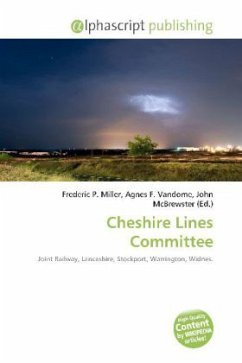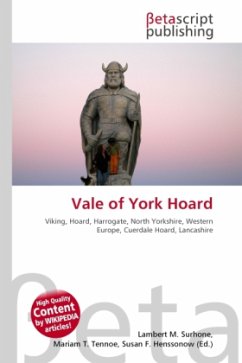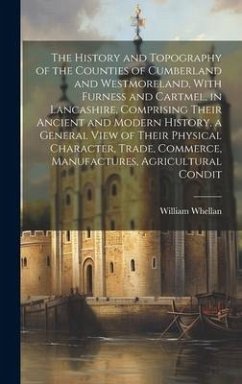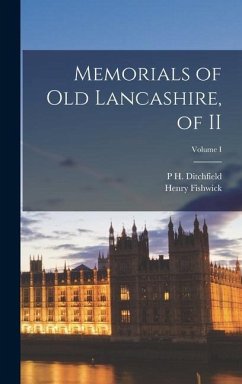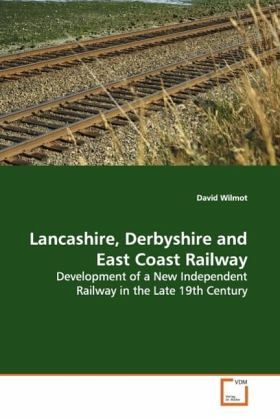
Lancashire, Derbyshire and East Coast Railway
Development of a New Independent Railway in the Late 19th Century
Versandkostenfrei!
Versandfertig in 6-10 Tagen
32,99 €
inkl. MwSt.

PAYBACK Punkte
16 °P sammeln!
This book on the Lancashire Derbyshire and East Coast Railway discusses the reasons for the railway s promotion and its subsequent outcome as a business venture. Enacted in 1891 and opened for traffic in 1896, the LD&ECR was planned to be an east-west line linking the Derbyshire coal fields to the Manchester Ship Canal at Warrington, as well as to a port on the Lincolnshire coast at Sutton-on-Sea. Although parliament approved the construction of more than 170 miles of railway only 58 miles of the main line and branches between Chesterfield and the western outskirts of Lincoln would be opened. ...
This book on the Lancashire Derbyshire and East
Coast Railway discusses the reasons for the
railway s promotion and its subsequent outcome as a
business venture. Enacted in 1891 and opened for
traffic in 1896, the LD&ECR was planned to be an
east-west line linking the Derbyshire coal fields to
the Manchester Ship Canal at Warrington, as well as
to a port on the Lincolnshire coast at Sutton-on-
Sea. Although parliament approved the construction
of more than 170 miles of railway only 58 miles of
the main line and branches between Chesterfield and
the western outskirts of Lincoln would be opened.
The LD&EC was to be notoriously impecunious but
managed to avoid bankruptcy. Shareholders failed to
obtain any dividends during the life of the LD&EC
but the coal-owners of north east Derbyshire, whose
burgeoning and very profitable output was consigned
along its tracks, could not have regarded the LD&EC
as a failure. This analysis will be of interest to
all those interested in late Victorian history,
transport and financial ventures.
Coast Railway discusses the reasons for the
railway s promotion and its subsequent outcome as a
business venture. Enacted in 1891 and opened for
traffic in 1896, the LD&ECR was planned to be an
east-west line linking the Derbyshire coal fields to
the Manchester Ship Canal at Warrington, as well as
to a port on the Lincolnshire coast at Sutton-on-
Sea. Although parliament approved the construction
of more than 170 miles of railway only 58 miles of
the main line and branches between Chesterfield and
the western outskirts of Lincoln would be opened.
The LD&EC was to be notoriously impecunious but
managed to avoid bankruptcy. Shareholders failed to
obtain any dividends during the life of the LD&EC
but the coal-owners of north east Derbyshire, whose
burgeoning and very profitable output was consigned
along its tracks, could not have regarded the LD&EC
as a failure. This analysis will be of interest to
all those interested in late Victorian history,
transport and financial ventures.




